#construction estimating tool
Explore tagged Tumblr posts
Text
Discover how construction project management software optimizes project planning, scheduling, and execution. This powerful tool improves collaboration, ensures timely completion, and reduces costs, providing construction professionals with the resources needed for successful project delivery.
#construction project management software#construction estimating software#construction estimating tool#construction BIM software#construction scheduling software#ai construction scheduling#ai construction estimating
0 notes
Text
How Has AI Been Successfully Implemented in Real Construction Projects?
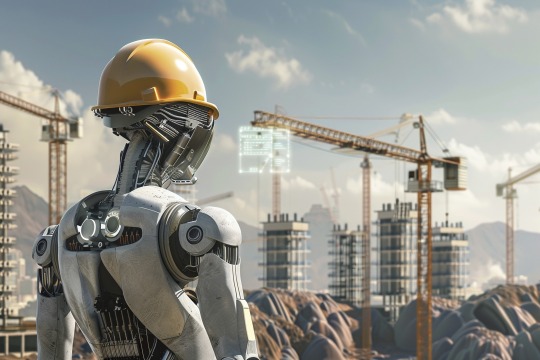
View On WordPress
#ai construction design#ai construction scheduling#ai construction takeoff#ai engineering building#ai in construction#can ai read construction drawings#construction ai tools#how to use ai in construction estimating#how will ai affect construction
0 notes
Text
Exploring the Diverse Landscape of BIM Software in Construction: A Comprehensive Guide
Introduction: In the ever-evolving field of construction, Building Information Modeling (BIM) has emerged as a transformative technology that revolutionizes the way buildings are designed, constructed, and managed. BIM software plays a pivotal role in enhancing collaboration, improving efficiency, and minimizing errors throughout the construction process. This article delves into the various…
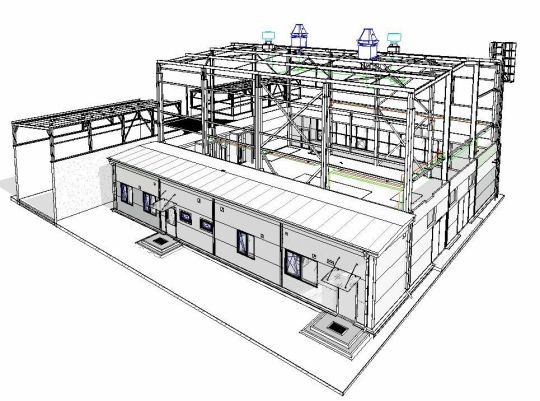
View On WordPress
#architectural design software#as-built documentation#BIM model accuracy#BIM software#Building Information Modeling#collaboration platforms#construction industry advancements#construction management software#construction project efficiency#Construction Technology#cost estimation tools#facility maintenance optimization#facility management solutions#laser scanning technology#LiDAR applications#MEP systems modeling#point cloud integration#project stakeholders collaboration#real-time coordination#structural engineering tools#sustainable building practices
0 notes
Text
Controlling rising construction costs
In the current landscape of escalating taxes, soaring utility expenses, manufacturing and shipping costs along with the general upkeep of buildings, the construction industry is grappling with a significant surge in material prices. Suppliers, in an attempt to offset their mounting overheads, are passing on the burden to consumers, resulting in an undeniable hike in construction costs. Amidst these challenges, the need for a more streamlined and cost-effective approach becomes increasingly apparent.
Enter www.commwall.ca, a pioneering force reshaping the dynamics of the construction and building materials sector. Recognizing the urgency of the hour, www.commwall.ca is committed to offering a comprehensive range of building materials, tools, and apparel at direct pricing. The platform goes a step further, extending exclusive discounts to registered installation companies and dealers, with even greater incentives for full pallet orders.
Unlike traditional norms that often required bulk truckload purchases for substantial discounts, www.commwall.ca breaks the mold by negotiating smaller quantity bulk deals. This revolutionary approach allows businesses to invest less capital, maintain minimal standing inventory, and simultaneously enhance profit margins. The result is a win-win scenario, where contractors not only optimize their returns but also pass on the savings to clients, making their project bids more competitive.
www.commwall.ca stands out as a leader in the Canadian building materials industry with an ever-expanding array of manufacturers and products. This diversity ensures that Canadian contractors have access to a wide selection, meeting the demands of today's dynamic construction environment. By embracing www.commwall.ca, industry professionals can navigate the challenges of rising costs, ultimately fostering a more efficient and economically viable construction landscape.
In a world where direct shipping and bulk purchases have become essential for cost-conscious construction projects, www.commwall.ca emerges as the clear choice for Canadian contractors. Visit their website to explore the extensive offerings and revolutionize the way you approach construction material procurement.


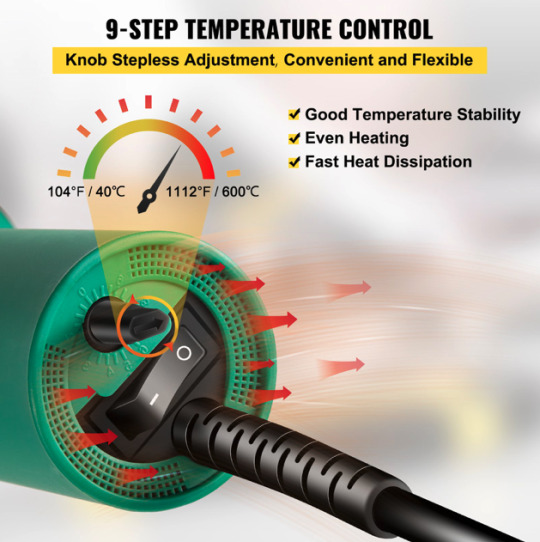

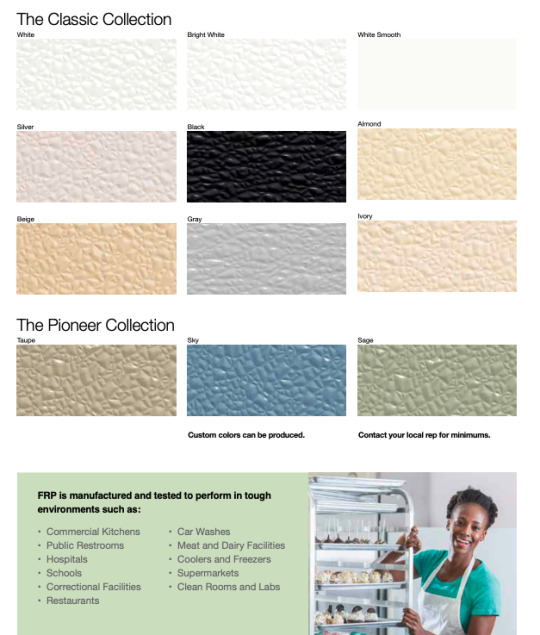


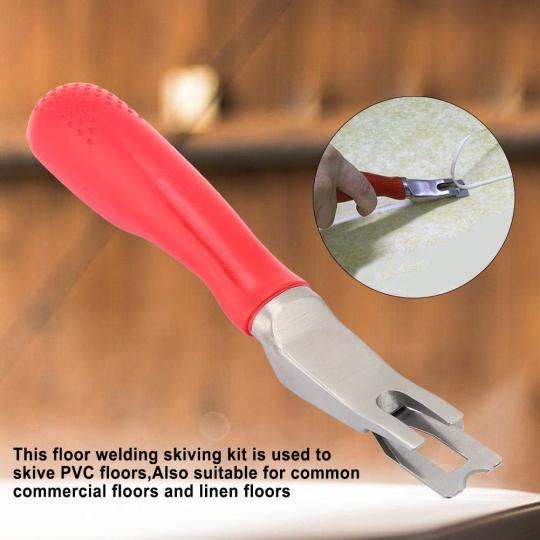




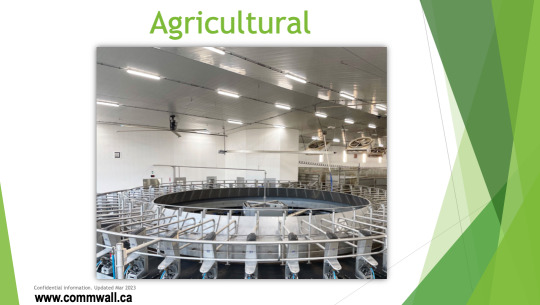





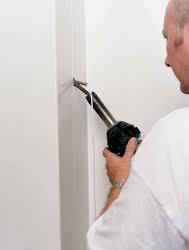



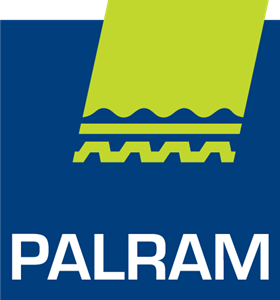
#business#entrepreneur#economy#construction#building materials#healthcare#startup#ecommerce#hygienic#contractor#project managers#construction estimating services#tools#installation#jack of all trades#commercial#prevention#antimicrobial#cleanroom#mortuary science#veterinary#dental#clinic#safety#food safety#agriculture#cannabis
1 note
·
View note
Text
#Construction Estimating#Construction Estimating Resources#Reliable Construction Cost Analysis#Professional Construction Estimator#Construction Estimating Techniques#Industrial Construction Estimates#Best Practices for Construction Estimating#Commercial Construction Cost Estimates#Construction Estimating Services#Accurate Construction Estimates#Cost Estimation for Construction Projects#Construction Cost Estimating Software#Construction Estimating Software#Construction Estimating Tools#Residential Construction Estimates#Construction Estimating Process#Construction Quantity Takeoff#Construction Budgeting and Estimating#Constructin Estimating Consultants#Construction Estimating Accuracy#Construction Estimates Templates#Construction Estimating Training#Construction Takeoff Software#Construction Estimate Comparison#Construction Bid Estimation#Construction Estimating Tips#e-procurement#Building Materials & Supplies#3D Renderings#Construction Spreadsheets
1 note
·
View note
Text

[The Idiot's Guide to Effective Population Size
This is a reference manual for the elegant, yet hideously complex concept of effective population size (Ne), inspired by a classic, self-published manual of automotive repair ‘for the compleat idiot’. The Guide is timely, given the recent Kunming-Montreal Global Biodiversity Framework, where 196 Parties committed to tracking genetic diversity—and estimating Ne—for all species. Ne is a human construct, but a useful one that allows us to capture diverse aspects of an organism's biology in a single number. The Guide collates in one location factual information about effective population size, with a focus on topics of practical relevance to scientists and managers studying real populations; it covers definition, computation and estimation of effective size, both demographically and genetically. As appropriate, the reader is directed to other primary sources for more details. A ‘Don't Do These Things’ section lists several ill-advised approaches to dealing with Ne, and an Appendix provides useful tools and practical suggestions for interested users. A special section considers both possibilities and challenges presented by the genomics revolution. Availability of vast numbers of genetic markers increases precision, but less than some might think, and simultaneously introduces new challenges involving filtering and bioinformatics processing. As annotated genomes become more common for non-model species, opportunities are opened to address qualitatively different questions, including reconstructing historical changes in Ne through time.]
Waples (2025)
239 notes
·
View notes
Text
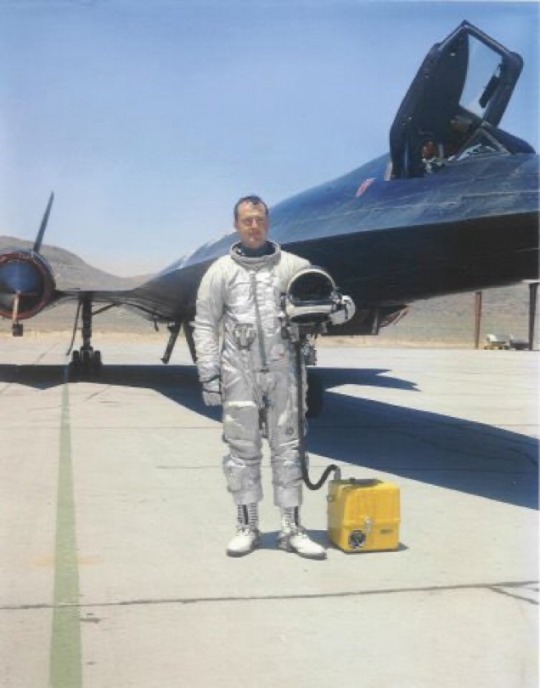
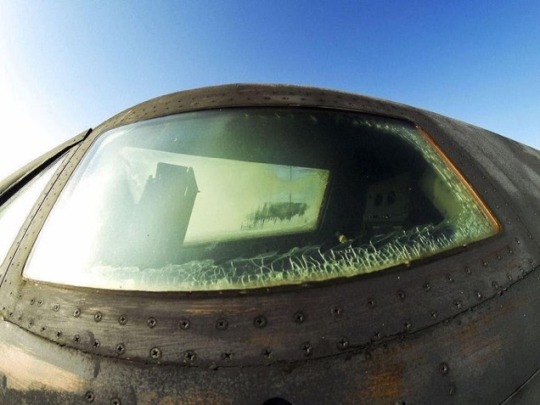

A 12 was hit by a small part of a missile. Solid quartz was used for the camera window.
During its 26-year career, the SR-71 Habu gathered intelligence in some of the world’s most hostile environments. One of those was the Soviet Union. It wasn’t necessary to cross the border as we had long-range side, looking cameras that could peer inside Russia. More than 1000 missiles were launched against the SR-71. Some people claim it was 4000 missiles, but that is not true after a while some countries such as Russia gave up. The Vietnamese launched missiles and so did the North Koreans. Not one missile hit an SR 71.
I want people to also remember that before the SR 71 was flying operational the CIA’s A-12 was flying.
The A-12 was the first Blackbird.
However, when A-12 was flying (1967-68) two missiles exploded into each other close behind the A-12 and a little bit of debris. Certainly, not enough to harm the Blackbird was found. Says: “On another October flight, pilot Dennis Sullivan detected radar tracking on his first pass over North Vietnam. Two sites prepared to launch missiles, but neither did. During the second pass, however, at least six missiles were fired at Sullivan’s aircraft, each confirmed on mission photos by missile vapor trails. Sullivan saw these vapor trails and witnessed three missile detonations. Postflight inspection of the aircraft revealed that a piece of metal had penetrated the lower right wing fillet area and lodged against the support structure of the wing tank. The fragment was not a warhead pellet but may have been a part of the debris from one of the missile detonations observed by the pilot.”
The SR-71 was conceived to operate at extreme velocities, altitudes, and temperatures: actually, it was the first aircraft constructed with titanium, as the friction caused by air molecules passing over its surface at Mach 2.6 would melt a conventional aluminum frame.
Its engineering was done with slide rules, computers were in their infancy and were not used in its design. Many years later a computer checked the design of the SR 71 and couldn’t find one flaw.The design was so cutting-edge that even the tools to build the SR-71 needed to be designed from scratch.
The CIA did buy the titanium for the SR-71 using cover companies as customers from Russia it was at that time called the Soviet Union but only at first. When we needed another batch of titanium we went to other sources such as Australia because we did not want to boost the Soviet Union economy.
The estimated temperature of the outside of the cockpit of 600 degrees F.
As reported by The SR-71 Blackbird website, the integrity of the double solid quartz camera window demanded special attention because of the optical distortion caused by the effect of great heat (600 degrees F.) on the outside of the window and a much lower temperature (150 degrees F.) on the inside could keep the cameras from taking usable photographs.
Three years and $2 million later, Corning Glass Works came up with a solution: the window was fused to its metal frame by a novel process using high-frequency sound waves. Isn’t that amazing?
Written by Linda Sheffield April 11, 2025 @c
@Habubrats71 via X
#sr 71#sr71#sr 71 blackbird#blackbird#aircraft#usaf#lockheed aviation#skunkworks#mach3+#habu#aviation#reconnaissance#cold war aircraft
37 notes
·
View notes
Text
Conceptualising 10,000 Years
Yes, this is another post about how the ten-thousand-year-old primordial saints of the Resurrection are, indeed, very old. But the tricky thing about human minds is that they're really bad at comprehending massive numbers. So, in this post, I hope to give you, my dear reader, an understanding of what it means to be ten thousand years old.
Let us imagine, just for a moment, that today (28 August, 2024) marks the close of the myriadic year of our Lord–that far-off King of Necromancers, that blessed Resurrector of Saints!–and the Lyctors reach ten thousand years old today. From this premise, I believe we can better grasp just how old these people are, since we can timeline their lives based on real-world events. So, without further ado...
8000 BCE - The Great Resurrection. Earth is still experiencing the last great Ice Age. Woolly mammoths are still thriving, and, according to some estimates, the last of the smilodon and American lion species still lives. HS Sapiens are still in the Stone Age. Earliest records of ovens used for pottery.
7700 BCE - Lyctors reach 300 years old. Farmers first domesticate wheat in the area now known as Mesopotamia. Humans have yet to develop advanced agricultural technology, instead relying on very primitive methods.
7000 BCE - Lyctors are now 1000 years old. Domestication of goats in Mesopotamia.
6700 BCE- Lyctors are 1300 years old. Domestication of pigs in Mesopotamia.
6200 BCE - Lyctors are 1800 years old. The Bronze Age begins! Earliest evidence of the smelting of bronze dates back to roughly 6200 BCE in Asia Minor. With the advent of bronze, humans are able to make more effective and more durable tools.
6000 BCE - Lyctors are 2000 years old. First settlements along the Nile River
5500 BCE - Lyctors are 2500 years old. Earliest evidence of Ancient Sumer.
5000 BCE - Lyctors are 3000 years old. Major agricultural developments occurred around this time, including the first evidence for the usage of irrigation.
4000 BCE -Lyctors are 4000 years old. Extinction of the Woolly Mammoth. Humans develop the first cities around this time, and wool is first used as in textiles.
3100 BCE - Lyctors are 4900 years old. Construction on Stonehenge begins. Recorded history emerges around this time. The rise of Ancient Egypt begins. Earliest cuneiform texts date back to this time.
2334 BCE - Lyctors are 5666 years old. Sargon of Akkad is King of the Akkadian Empire.
2154 BCE - Lyctors are 5846 years old. Akkadian empire dissolves after less than 200 years wow!
2000 BCE - Lyctors are 6000 years old. Ancient Minoan civilization begins.
1341 BCE - Lyctors are 6659 years old. Birth of King Tut.
1250 BCE - Lycors are 6750 years old. Ancient Chinese and Ancient Olmec civilization begins.
800 BCE - Lyctors are 7200 years old. Start of the Classical Period.
500 CE - Lyctors are 8500 years old. End of the Classical Period. Sorry, too lazy to write all of it out. Plus, there's a billion resources on it.
900 CE - Lyctors are 8900 years old. Start of the Dark Ages.
1492 CE - Lyctors are 9492 years old. Planning of Dios Apate Major begins around here in the Locked Tomb timeline. Columbus "discovers" the Americas (and proceeds to slaughter indigenous peoples)
2000 - The myriadic year of our lord.
I hope you understand how old these people are. DISCLAIMER: Not a historian. Do not claim to be. These dates are from cursory research and could be inaccurate. Furthermore, this is nowhere near a complete account of human history, especially towards the end, when I got really bored.
Ty <3
135 notes
·
View notes
Text
Downtimes, module editor, water temple
Happy summer! There's smoke in Portland but it's not too bad. Bless firefighters. Work on Lancer Tactics continues apace.
This month has been mostly focused on the largest heretofore-untouched section of the game: downtimes and the module editor for designing the sequences between combats. We're not planning on doing anything particularly innovative or new in its design — if you've played Banner Saga, Fire Emblem (gameboy versions), or Rogue Squadron you'll recognize what's going on here.

Repair, level up, have visual-novel-style conversations with companions, do some light choose-your-own-adventuring, and pick & launch the next combat. All pretty standard downtime fare — games have pretty thoroughly explored these patterns as vehicles for narrative at this point.

The unique thing that Lancer Tactics is offering on this front is an editor to make your own entire campaigns. Classic games like Warcraft or Age of Empires had incredible scenario editors, but making anything more than a one-mission map was solely the domain of modders. Over the last few weeks, we've gotten a full basically-visual-novel-editor working ingame where you can orchestrate NPC story arcs, clocks ticking, branching paths, and triggered events for all the stuff that happens between combats.


All of the campaigns we ship with the game are going to be made with these same editors, which'll force us to really make sure that they're solid tools. I think it'd be very funny to someday see someone like completely ignore all the mech stuff and just make a visual novel in this engine.
There's no new preview game build this month because adding this big section of the game means too many things are under construction. I'm happy with how fast we've been able to get this going, but making ingame editors is a lot of unglamorous UI piping and data refactoring work. Fingers crossed that it'll come together enough that we'll be able to get the first version of this editor in your hands in time for the next update
Other Changelogs
Carpenter has started re-making the tutorial level from the demo in this new engine, which is pushing us to add a bunch of stuff to the combat editor. I added triggers for playing arbitrary effects on the map, moving the camera, storing arbitrary data to the battle/module states, enabling/disabling/triggering other triggers, AND/OR conditions, and putting execution limits on triggers.

Triggers can highlight UI or actions (so it can be like "use the boost to get through!" and the boost button becomes all shiny)

New "camera start" zone type
Added a "hotspot" zone type that has a little floating title, and plastered the names of other zones on the map (visual style stolen from some Foundry VTT modules)

Added water, whose level can be set via the editor or triggers.


Added unmounted pilots who can mount up into Shut Down mechs. We continue to plan to not have pilot combat be a part of the core game, but it'll be useful for scenario or scripted sequences.

Added activation pips and template icons to the mini healthbar on units.

A bunch more portrait editor assets from Martina, including facial hair. Here's a check Carpenter did where he tried to recreate some official Lancer art ingame. ✨

Schedule update
Taking a look at our original date for the "bones" of the game ("finishing the battle engine, basic character creation, 2 mechs per manufacturer, and an a 'instant action' mode"), we estimated being able to get it done by the end of November. The emotional milestone for me on this front is getting the game to a complete enough state that I feel OK about swapping it in on the itch.io page.
I've been saying that the 3D cataclysm has pushed us back back about 3 months, and I think that's still holding true. Carpenter and I haven't officially made the call yet, but I think it's likely we'll need that time to port more mech content; here's a graph they made that shows about where we're sitting on the PC and NPC mechs for the "bones" target in terms of mechanics and action icon/sprite.

(This data is pulled from a big table they made that includes ALL talents/gear/traits where we've been marking things off as we've implemented them. Very handy for tracking where we are.)

That's all for now. Tata!
81 notes
·
View notes
Text
Concrete has allowed the housing and infrastructure booms of the last century that have lifted millions into better, safer living conditions. That task is not over, with an estimated 600–756 million dwellings needed globally to reach the UN 2030 goal of universal housing access, primarily in the global south; this is where 94 per cent of cement is now produced, making it essential to many livelihoods and economies. And, while arguably modern technologies such as scanning equipment, design tools and modelling software make it more possible to use less‑standardised materials than concrete for building at scale, there are functions for which concrete is genuinely hard to replace. Deep piling, long‑span bridges, tall buildings and complex energy infrastructures are all innovations of the concrete age. Since we cannot rely on green concrete at scale, but we also cannot get away from using concrete in some applications, a more nuanced approach must be embraced. The overall use of concrete must be dramatically reduced in favour of a more diverse palette of materials and design strategies. Countries with large existing material stocks must reuse and repair existing buildings, maximising the value of the matter that they already have. Where such places genuinely cannot make do without concrete, recycled cement technologies have a promising role to play. In countries which have a need for mass new building and infrastructure programmes, designers must work with a more varied range of materials as appropriate and affordable to the site and context. This includes bricks, formed from clays or waste material and fired with renewable energy, non‑fired bio‑based materials and stone, reimagining traditional methods of construction and introducing modern innovations that enable their use at scale. Concrete should be reserved for the infrastructure that cannot be done without – data centres to feed ChatGPT hardly count as essential concrete infrastructure.
9 October 2024
51 notes
·
View notes
Text
Takeoff Software: Essential Construction Tools for Accurate Estimations
Explore the power of takeoff software in construction, designed to deliver precise material and cost estimates. These tools enhance project accuracy, streamline planning, and improve efficiency, ensuring successful project execution from start to finish for construction professionals.
#takeoff software tools#construction estimating#takeoff in construction estimating#ai construction estimating#construction scheduling
0 notes
Text
Can I Use ChatGPT as a Construction Assistant?
The construction industry, like many others, has started to embrace the tremendous potential of artificial intelligence (AI). As part of this shift, industry professionals are increasingly asking: “Can I use AI like OpenAI’s ChatGPT as a construction assistant?” The answer is not only a resounding ‘yes’ but also that this technology can offer significant benefits. First, let’s understand what…

View On WordPress
#AI and construction efficiency#AI construction assistant#AI for building codes#AI for construction professionals#AI in construction collaboration#AI safety advisor in construction#artificial intelligence in building industry#ChatGPT in construction#ChatGPT training tool#construction AI challenges#construction cost estimation AI#construction project management AI#digital transformation in construction#future of construction with AI#GPT-4 in construction industry
0 notes
Text
youtube
After discovering an abandoned World War II bunker while on a hike in northern Norway, Henrik Lande Andersen spent two years transforming this former German WW2 lookout into an overnight refuge open to all.
Over the course of two years, Henrik made the hike from town - the only way to access the site - carrying pieces of salvaged construction material to build a roof, door, windows, beds, table, and kitchen cabinets.
During World War II, northern Norway was a strategic outpost (as a transport route for Swedish iron ore), and the German Army built hundreds of bunkers here. Henrik’s bunker—that he’s dubbed Utsikten, or “The View”—was likely built by Ukrainian prisoners of war. The rocky mountain face was first blasted with dynamite and then filled in with concrete and rock.
Using materials found in the trash, Henrik estimates he spent the equivalent of about $500 to create the shelter (used entirely on roofing materials; he even found expensive tools in the trash). He even enlisted six friends to carry a heavy iron stove up the mountain on planks.
Today anyone who finds the path from town hike up to the site and spend the night. The sign on the door reads “ no key, feel free,” and hundreds of people have slept in the space since Henrik finished it.
The place isn’t sanctioned by a local government, but in Norway, there’s a right to roam - Allemannsrett - that allows anyone to camp anywhere, as long as it's not encroaching on someone's home or privacy and doesn’t cause any damage.
Henrik was 18 when he moved up here from Oslo attracted by the rugged nature. He made a film about his two-year experience building, and at times living in, this historic refuge. “What I wanted with the project was to turn the place on its head, what it was historically. It was about war and abuse of power and I wanted to turn it to the opposite, like a sanctuary, a place where everyone is welcome and to transform the history to something new.”
— Henrik's film: • Utsikten | The View
— Henrik Lande Andersen's YouTube channel: / @henriklande19966
— Henrik's Portfolio: https://henriklandeand...
On *faircompanies: https://faircompanies....
#Kirsten Dirksen#solarpunk#Norway#fjord#WWII#bunker#Henrik Lande Andersen#salvage materials#repurposing#salvaging#shelter#camping#right to roam#Allemannsrett#Youtube
25 notes
·
View notes
Text
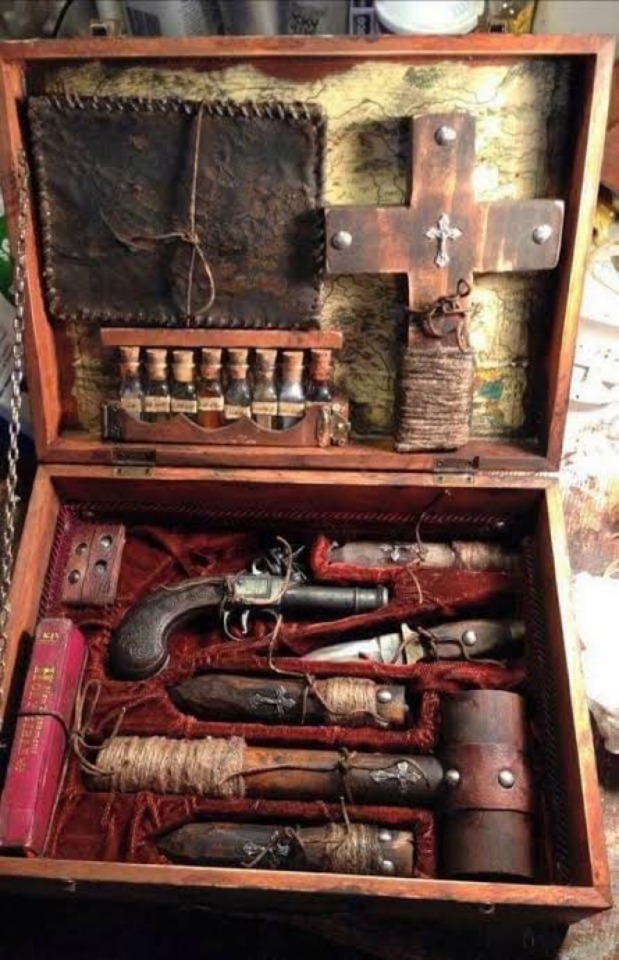
In summer 2022; a 'Vampire-Hunting Kit' said to date back to 19th Century AD, sold at Sotheby's Auction in UK, for more than six times its estimate. Auction house claimed that item had first belonged to Lord Hailey, a man who once served as administrator of British India. It is not known whether man had acquired kit in hope that it would help ward off vampires or simply out of fascination in regard to vampire mythology. Kit included tools such as two matching pistols, a brass flask for gunpowder, a Bible, holy water, a stake, a wooden mallet, rosary beads and crucifixes and it included a locking mechanism to secure contents.
For centuries, vampires have been part of European folklore. In 19th Century AD, there was a trend in regard to purchasing vampire-hunting kits. These constituted expensive novelties intended for people who needed to travel to Eastern Europe, a region where vampires were believed to reside. Kits proved extremely popular in Boston. Still, many scholars explain that most such kits are in fact a mix of authentic objects and artificially aged ones. Even auction houses agree that such items have dubious origins and are not necessarily authentic. However, in past, taking measures against vampires was a very serious thing.
These kits in general are came with the tag of late-Victorian novelties or souvenirs, which sold to tourists travelling to eastern Europe in the wake of the publication of Dracula in 1897. Some sellers and media outlets even claimed that they were made for believers in vampires, for self-defence purposes. But, there is no evidence to support real vampire slayers carting about one of these kits. The fictional stories and movies are the main source of the origin of these vampire killer's toolbox, with their focus upon silver bullets, were very unlikely to have existed prior to about the 1930s at the earliest. Though constructed from antique boxes and contents, they were most likely not produced until the era of the classic Hammer vampire movies. Other kits are harder to pin down in terms of date and could be older, but there is as yet no evidence of this. Scholars considered that they are 'hyperreal' or invented artefacts somewhat akin to stage, screen or magician's props. They can also be regarded, and indeed have been sold as, pieces of modern art. Formerly the preserve of art galleries and of course libraries, contemporary collection is now also a staple of museum collecting policies. These enigmatic objects still transcend questions of authenticity. They are part of the material culture of the gothic; aspects of our shared literary and cinematic passions made physical. Lacking any surviving artefact of vampirism either folkloric or fictional, fans of the gothic had created one to fill the gap.
Historically, archaeologists have uncovered shackled bones of a woman once believed to have been a vampire. Woman buried in a 17th Century AD, Polish grave had a sickle blade positioned across her neck meant to decapitate her in case she attempted to rise from her grave as a vampire. Woman also had a padlock on her toe symbolizing "closing of a stage and impossibility of returning" as the professor leading excavations had explained. Woman had a pointy front tooth which led to suspicions of vampirism on part of her contemporaries, so specifics of her burial illustrated vampire-related superstitions.
Today, museums do collect deliberate fakes as comparators and for their own artistic and cultural merit, yet vampire kits are not fakes per se, because there is no evidence of a Victorian original. Self-defence against supernatural was for many in history (and indeed today) a matter of life and death, but the weapons they used were ephemeral. The wooden stakes, guns, and agricultural implements that they attacked vampires and other revenants with either no longer survive, or have lost their provenance and are unable to tell us their story.
#dark academia#dark aesthetic#vampire#halloween#artists on tumblr#gothic#dark core gothique#horror lover#goth aesthetic#vampire pictures#vampire hunter#vampire hunter oc#vampire hunter x vampire
23 notes
·
View notes
Text
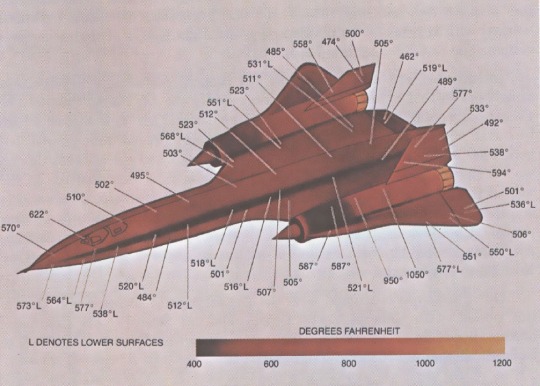

Did you know the solid quartz glass of the canopy of the SR-71 Blackbird cockpit was 1.25 inches thick and was hot to the touch from the inside?
SR-71 Blackbird Pilots and RSOs, even with gloves on, couldn’t keep their hands by the glass for more than a few seconds without doing damage. During its career, the SR-71 Blackbird gathered intelligence in some of the world’s most hostile environments. The SR-71 was conceived to operate at extreme velocities, altitudes and temperatures: actually, it was the first aircraft constructed with titanium, as the friction caused by air molecules passing over its surface at Mach 2.6 would melt a conventional aluminum frame.
Its engineering was so cutting edge that even the tools to build the SR-71 needed to be designed from scratch. Let’s talk about the windows in the SR-71 and about the severe heat the windshield of the SR-71 would experience at top speeds. Skunk Works Designers ultimately decided that using solid quartz for the windshield was the best way to prevent any blur or window distortion under these conditions, so they ultrasonically fused the solid quartz to the aircraft’s titanium hull to make the quietest cockpit possible; the estimated temperature of the outside of the cockpit of 600 degrees F.
As reported by The SR-71 Blackbird website, the integrity of the double solid quartz camera window demanded special attention because of the optical distortion caused by the effect of great heat (600 degrees F.) on the outside of the window and a much lower temperature (150 degrees F.) on the inside could keep the cameras from taking usable photographs.
🌟Three years and $2 million later, the Corning Glass Works came up with a solution: the window was fused to its metal frame by a novel process using high frequency sound waves.
Linda Sheffield
@Habubrats71 via X
#sr71#sr 71#sr 71 blackbird#aircraft#usaf#lockheed aviation#mach3+#habu#aviation#reconnaissance#cold war aircraft#aviation military#aviation military pics#military aircraft#military aviation
57 notes
·
View notes
Text
The Maoi of Rapa Nui

Moai chieftain statues are the famous massive megaliths of Rapa Nui (aka Easter Island) in eastern Polynesia, carved about 1250-1650 CE by the original Polynesian colonizers of the island.
Many know them as "Easter Island heads," a misconception from having seen photos of statues in the volcano Rano Raraku partitially covered with soil. They all have full bodies with over-large heads - a 3:5 ratio between head and trunk, a sculptural trait consistent with the Polynesian belief in the sanctity of the chiefly head.

The island holds nearly 1000 statues, each weighing as much as 90 tons and standing up to 10 meters tall, though they average around half that. One unfinished sculpture would have stood 21 meters (69 feet!) tall and weighed 180 tons. More statues are still being discovered.
Almost all (95%) of the moais were carved from the volcano's stone tuff - compressed volcanic ash that's relatively easy to carve using only stone tools (toki).
Probably the biggest mystery is how tribes using Stone-Age tech could succeed in transporting 50-ton moai statues across kilometers of hilly terrain. Because the island was largely treeless by the time Europeans first arrived (by which time local culture and history had largely collapsed), the movement of the statues was a mystery for a long time.
Some transportation theories are more accepted than others:
The earliest accounts say a king named Tuu Ku Ihu moved them with the help of the god Makemake, while later stories tell of a woman who lived alone on the mountain ordering them about at her will.
The longest-held European hypothesis was that the moai statues were dragged from the volcano to their destinations along log rollers, which also explained how the island became deforested. Pollen analysis has established that the island was almost totally forested until 1200 CE, and tree pollen disappears from the record by 1650.
However, Iceland demonstrates how simply using wood for construction and fire can quickly deforest an island.
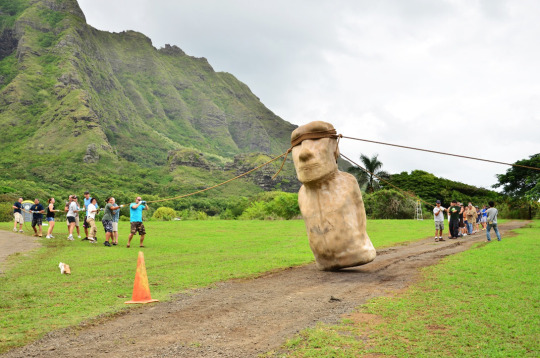
According to oral tradition, the moai statues walked to their destination. A literal interpretation is that the statues were rocked from side to side while pulling them forward to "walk" them to their final sites, as demonstrated in this recent experiment. This theory holds the most scholarly support today.
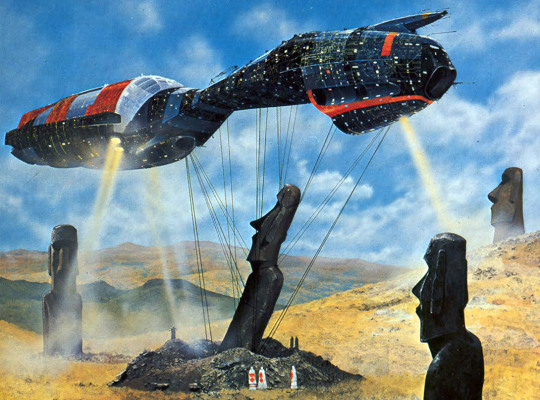
A not-uncommon but highly unlikely (and, y'know, disrespectful) claim is that aliens placed the moai statues for the locals. Occam's razor suggests this probably isn't the answer. But everyone loves aliens. The debate continues.
The ancient period ended when the Rapa Nui people were devastated by Peruvian slave-raiding expeditions that reached the island in 1862. Within a year, the individuals who remained on the island were sick, injured, and lacking leadership. Survivors of the slave raids had to deal with Christian missionaries. By the time Europeans arrived in 1722, the island's population was estimated at less than 3,000. Foreign diseases and emigration to other islands such as Tahiti further depleted the population, reducing it to a low of 111 native inhabitants in 1877.
Chile annexed the island in 1888, but it wasn't until 1966 that the Rapa Nui were granted Chilean citizenship. The 2017 census registered 7750 people on the island, of whom 3512 (45%) consider themselves Rapa Nui.
The original inhabitants live on among their famous megaliths.
114 notes
·
View notes